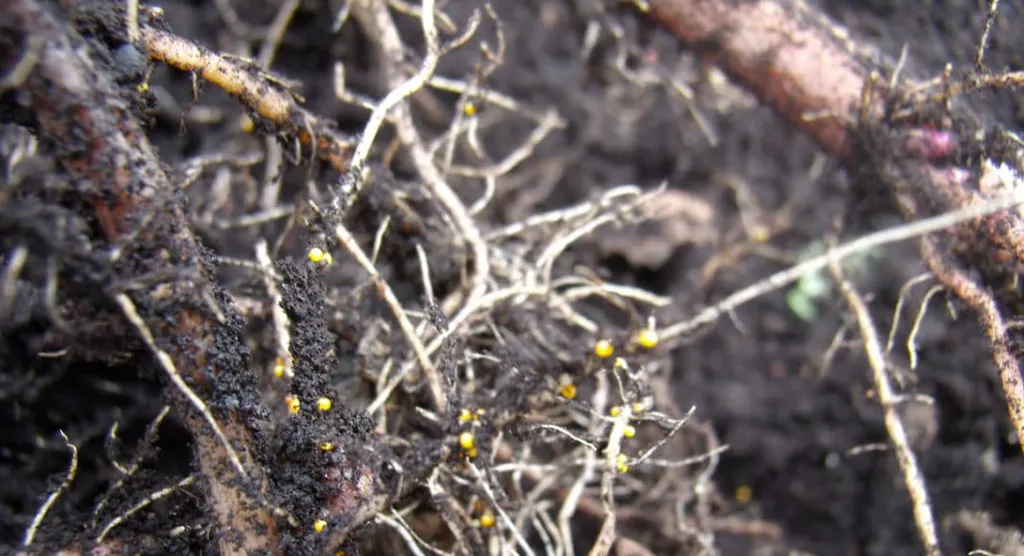In the world of potato cultivation, a tiny but mighty player has taken center stage: trichomes. These hair-like structures on potato leaves have long been known to play a role in plant defense, but a recent study published in *BMC Plant Biology* has shed new light on their ultrastructure and secretions, potentially opening doors to innovative pest management strategies.
Trichomes on potato leaves come in two main types: non-glandular (NGTs) and glandular (GTs). While NGTs are primarily structural, GTs are metabolic powerhouses, packed with organelles that produce and secrete a variety of defensive chemicals. “The glandular head cells of GTs are particularly interesting,” says lead author Shuang Yang from the College of Agronomy and Biotechnology at Yunnan Agricultural University. “They’re filled with mitochondria, chloroplasts, and other organelles, actively synthesizing secondary metabolites like phenols and alkaloids.”
These metabolites are not just cellular clutter; they’re part of the plant’s chemical arsenal against pests and diseases. The study found that GTs secrete these compounds, which could deter herbivores or inhibit pathogens. This finding echoes similar discoveries in other Solanum plants, like tomatoes, suggesting a broader pattern in the family.
So, what does this mean for the agriculture sector? Understanding the role of trichomes in potato defense could lead to new breeding strategies. By selecting or engineering varieties with more or more active GTs, farmers might gain a natural, chemical-free way to protect their crops. “This research provides a foundation for developing potato cultivars with enhanced resistance to insects and diseases,” Yang explains.
Moreover, the study highlights the importance of preserving and studying native potato varieties. These may harbor unique trichome structures and secretions that could be invaluable for breeding programs. As climate change and pesticide resistance challenge traditional farming practices, such natural defenses could become increasingly important.
The research also opens avenues for further investigation. Scientists could explore how different environmental conditions affect trichome development and secretion. They might also delve deeper into the specific metabolites produced by GTs and their modes of action against pests and pathogens.
In the quest for sustainable agriculture, every discovery counts. This study brings us one step closer to unlocking the full potential of potato trichomes, offering a glimpse into a future where crops are not just grown, but armed for battle.

